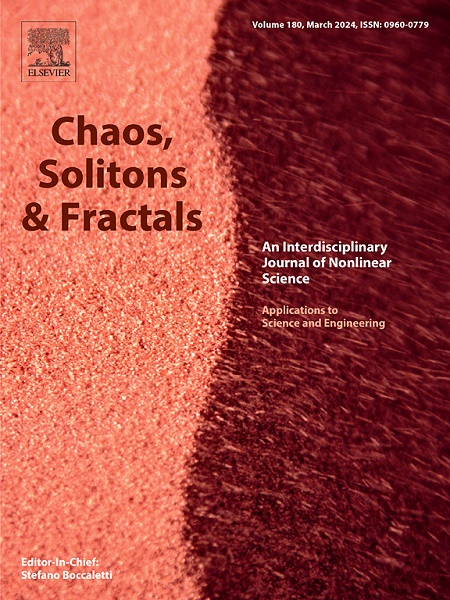金融网络结构变化的频谱特征
IF 5.6
1区 数学
Q1 MATHEMATICS, INTERDISCIPLINARY APPLICATIONS
引用次数: 0
摘要
经济和金融系统的系统性风险水平在很大程度上取决于相互依赖的实体构成的潜在网络的结构,这些实体可以传播冲击和压力。由于网络结构的变化意味着风险水平的变化,因此识别可能导致全系统危机的结构转变非常重要。已经提出了一些方法来评估一个真实世界的网络是否处于(准)平稳状态,通过检查其结构演化与适当的最大熵图集合的一致性。虽然以前的分析主要集中在二元和三元基序上,因此忽略了高阶结构,但这里我们考虑任何长度的封闭行走。具体来说,我们研究了在现实世界进化网络上校准的随机图模型的谱半径的集合性质。我们的方法被证明对有向网络非常有效,无论是二元网络还是加权网络。作为说明性的例子,我们考虑了银行间存款电子市场(e-MID)、荷兰银行间网络(DIN)和国际贸易网络(ITN)在2008年危机期间的演变。通过监测谱半径与其系综期望的偏差,我们发现ITN在整个考虑期间保持(准)平衡状态,而DIN和e-MID都表现出明显的非平衡行为。因此,频谱偏差捕获了持续的拓扑变化,延伸到所有长度尺度,以提供经济和金融网络弹性的紧凑代理。本文章由计算机程序翻译,如有差异,请以英文原文为准。
Spectral signatures of structural change in financial networks
The level of systemic risk in economic and financial systems is strongly determined by the structure of the underlying networks of interdependent entities that can propagate shocks and stresses. Since changes in network structure imply changes in risk levels, it is important to identify structural transitions potentially leading to system-wide crises. Methods have been proposed to assess whether a real-world network is in a (quasi-)stationary state by checking the consistency of its structural evolution with appropriate maximum-entropy ensembles of graphs. While previous analyses of this kind have focused on dyadic and triadic motifs, hence disregarding higher-order structures, here we consider closed walks of any length. Specifically, we study the ensemble properties of the spectral radius of random graph models calibrated on real-world evolving networks. Our approach is shown to work remarkably well for directed networks, both binary and weighted. As illustrative examples, we consider the Electronic Market for Interbank Deposit (e-MID), the Dutch Interbank Network (DIN) and the International Trade Network (ITN) in their evolution across the 2008 crisis. By monitoring the deviation of the spectral radius from its ensemble expectation, we find that the ITN remains in a (quasi-)equilibrium state throughout the period considered, while both the DIN and e-MID exhibit a clear out-of-equilibrium behaviour. The spectral deviation therefore captures ongoing topological changes, extending over all length scales, to provide a compact proxy of the resilience of economic and financial networks.
求助全文
通过发布文献求助,成功后即可免费获取论文全文。
去求助
来源期刊

Chaos Solitons & Fractals
物理-数学跨学科应用
CiteScore
13.20
自引率
10.30%
发文量
1087
审稿时长
9 months
期刊介绍:
Chaos, Solitons & Fractals strives to establish itself as a premier journal in the interdisciplinary realm of Nonlinear Science, Non-equilibrium, and Complex Phenomena. It welcomes submissions covering a broad spectrum of topics within this field, including dynamics, non-equilibrium processes in physics, chemistry, and geophysics, complex matter and networks, mathematical models, computational biology, applications to quantum and mesoscopic phenomena, fluctuations and random processes, self-organization, and social phenomena.
 求助内容:
求助内容: 应助结果提醒方式:
应助结果提醒方式:


